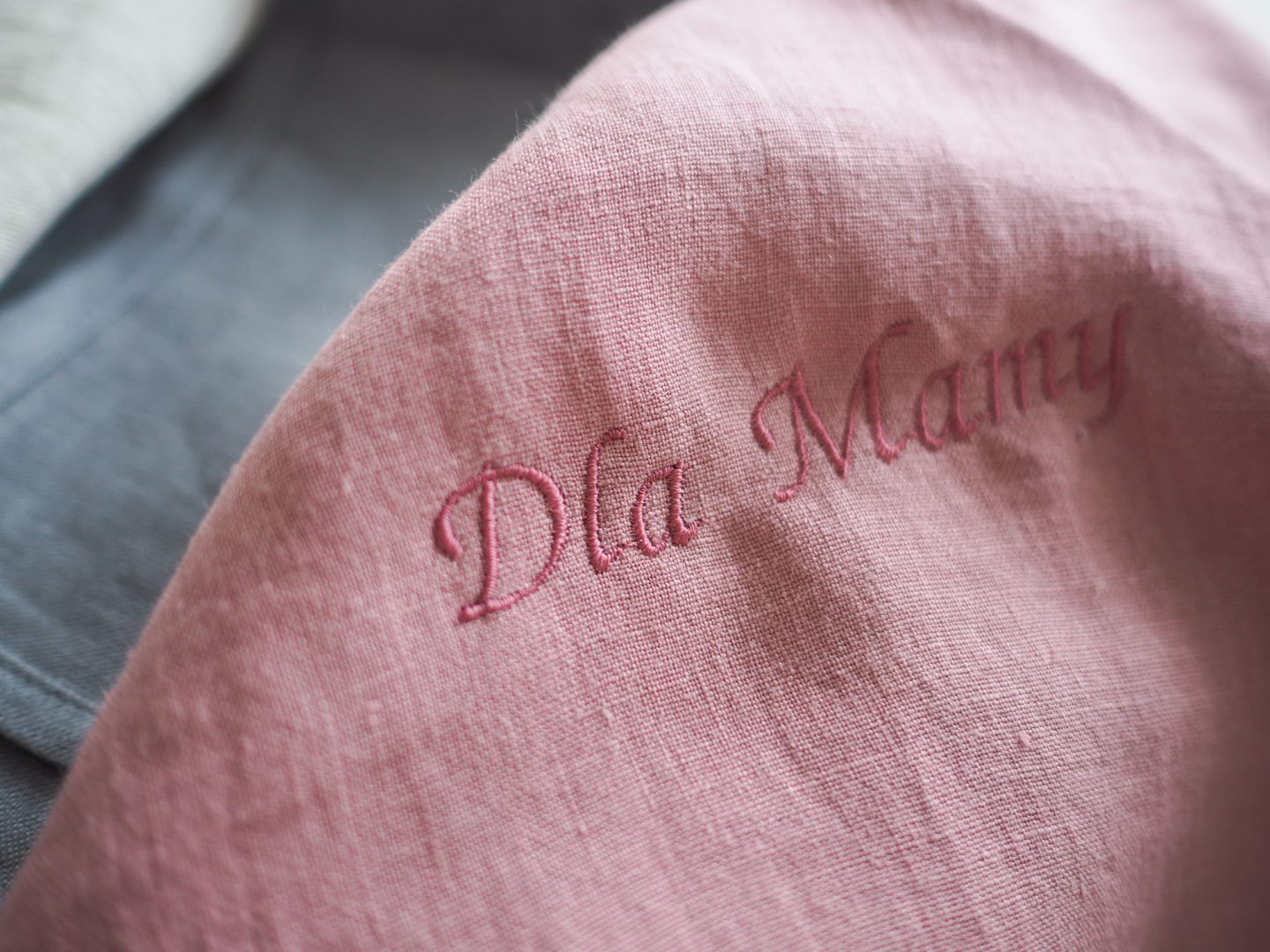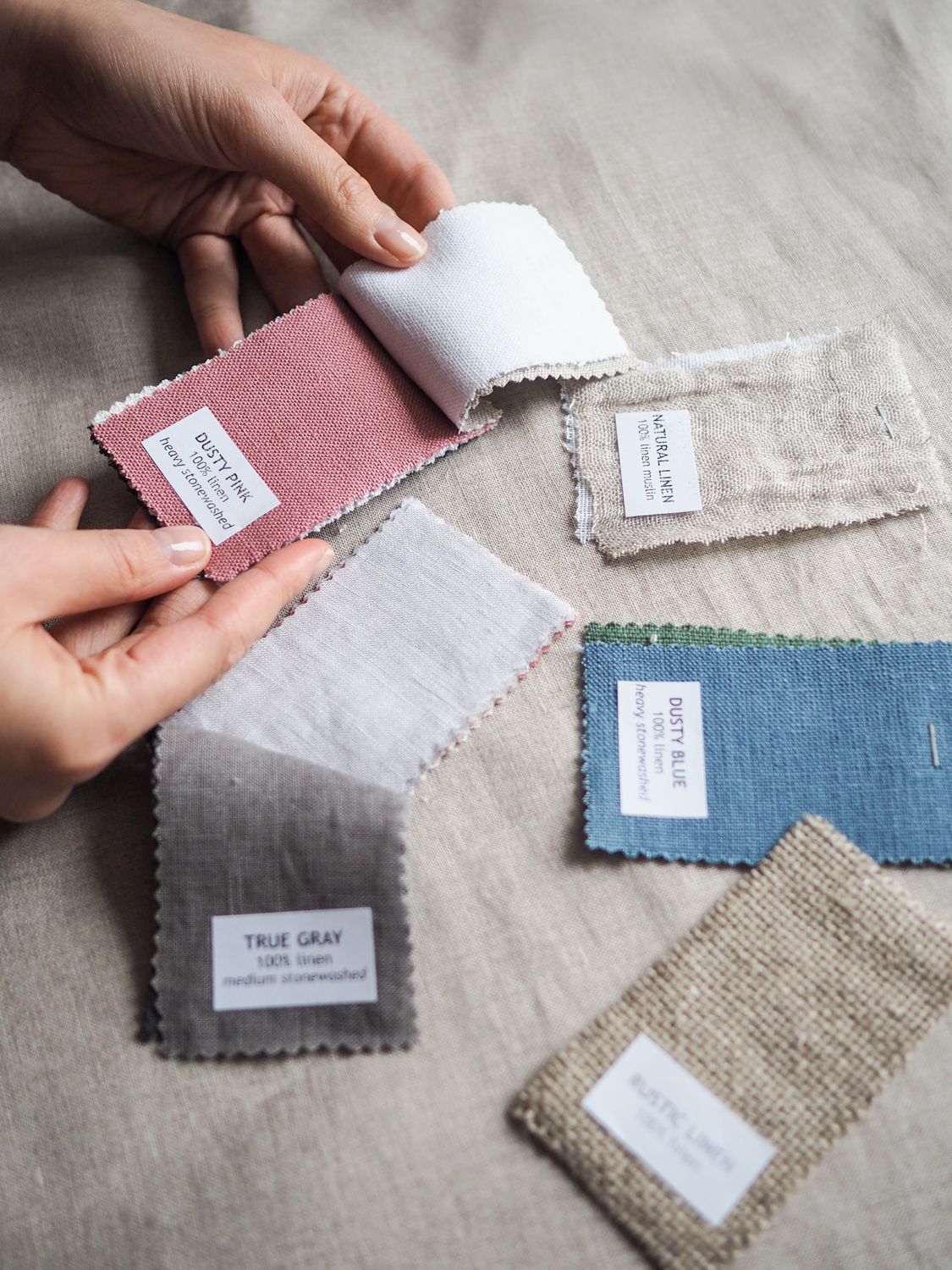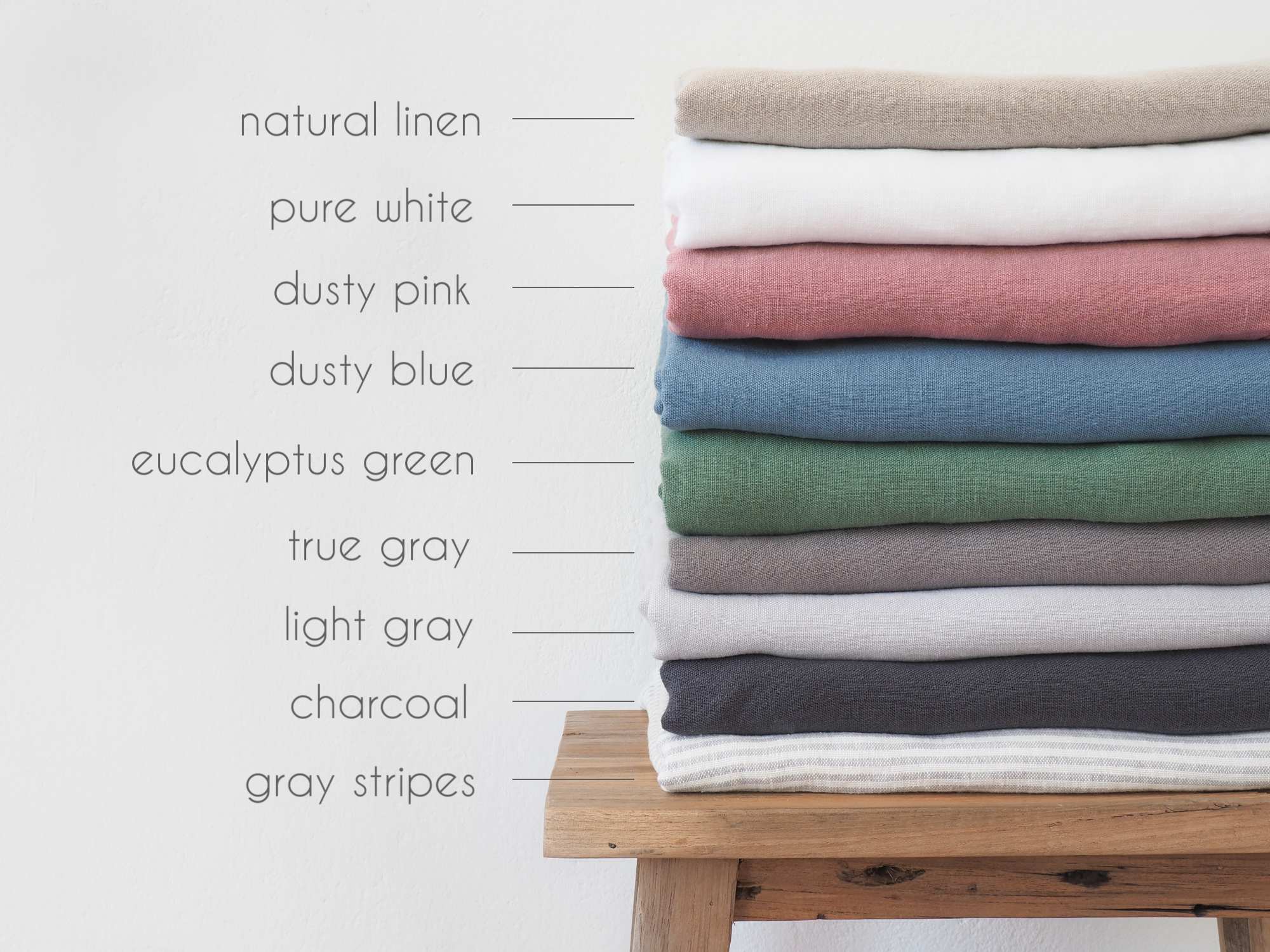Uncategorized
The secrets of linen – you didn’t know that about linen!
We regularly publish articles and articles to present the properties of linen fabrics on our blog and our social media channels,. We often try to inspire you or inform you about certain properties that will help you understand the magic and uniqueness of the plant better. We can talk endlessly about the properties of flax, above all because it holds a number of secrets and possibilities that were appreciated in antiquity. As a surprise, we have prepared an entry in which we tell you the biggest secrets of linen.
LINEN INFO
Time and again we have said that linen has a number of advantages. The plant is very valuable – not only for the textile industry, but also for cosmetics and naturopathy, which often uses it to cure gastrointestinal diseases. In addition to repeated thermoregulating, hygroscopic, and anti-allergic properties, the plant holds a number of other secrets, about which (unfortunately) we talk much less frequently. In addition, curiosities very often testify to its uniqueness and emphasize its advantage over plastics or synthetics.
We won’t keep you waiting for any longer, get to know all the secrets of linen …

NAME IS THE TESTIMONY OF HISTORY
Let’s start at the beginning – with the name, which is also shrouded in a curiosity. Previous discoveries have confirmed that the name “LINEN” is a long history that began with the rise of prehistoric Europe, Asia and Africa. Archaeologists and historians claim that the Greek word “linon” and the Latin word “linum” have a common root. Also, the Indian name for flax sounds very different – “ooma” and the Hebrew name for “pishta. ” What exactly does that mean? These different designations indicate that flax has emerged in different parts of the world and that the domestication of the plant around 3200 BC was the first to occur.
LINEN ABSORBS WATER
Do you know the feeling of spilling water or tea and then trying to wipe off the stain without success? This happens when you use polyester cloths that get wet very quickly and do not absorb any spilled substance. With linen, the effect is reversed.
Linen is characterized by the highest absorbency of all natural fibers available on the market (i. e. wool, cotton or silk). According to previous research, the fabric can absorb up to 25% of the water from the environment and stays completely dry (no wonder you love linen towels and linen kitchen towels so much).


In addition, the flax fibers absorb heat from the body and thus provide more coldness and airiness – among other things by discharging carbon dioxide from the epidermis.
LINEN PROTECTS FROM THE UV RAYS
Studies clearly show that UV radiation has a massive and documented influence on the aging process of tissues. The rays fed to the skin form so-called free radicals, which reduce collagen production, which contributes to a lower firmness and elasticity of the skin. In addition, UV rays lead to a degeneration of elastin fibers, which keep our tissues young and healthy. Exposure of the skin to these harmful stimuli is also a health concern, which is why dermatologists and doctors demand the use of cosmetics with filters and textiles that do not allow harmful radiation to pass through. Linen, which is an excellent UV absorber due to its high content of so-called lignins, meets these requirements. Therefore, linen clothing and linen textiles (e. g. a linen blanket to protect you from the heat) are recommended in summer and spring, when our skin is exposed to particularly strong rays.

LINEN REDUCES STATIC ON THE BODY
Do you know what it feels like when you touch the shopping cart or grab products from the shelves? This unpleasant effect is the result of the discharge of charges that have accumulated on the body. They appear randomly – mostly through contact with synthetics that have previously come into contact with shoes or garments.
This effect does not occur with 100% linen – this “magical” natural fabric reduces the ability to collect static on the body. It is important that this reduction also applies to those who use computers or electrical equipment.
We hope that the following linen curiosities have shown you the magic of this plant even better and prove that its properties are much more valuable than those of the cheaper but less ecological synthetic fabric.
Let us know in the comments which secrets of linen were new and surprising to you!





